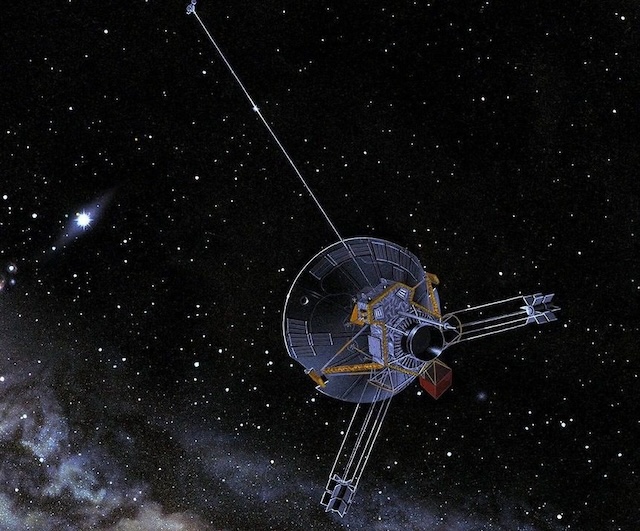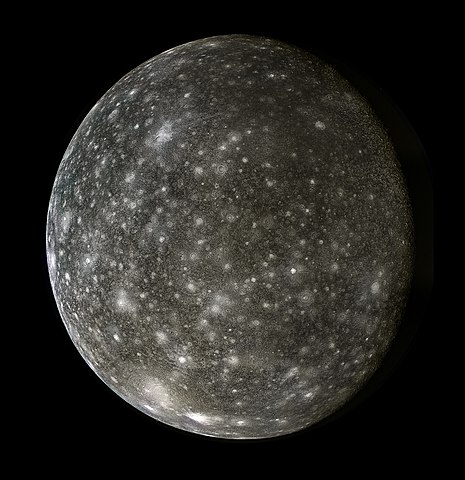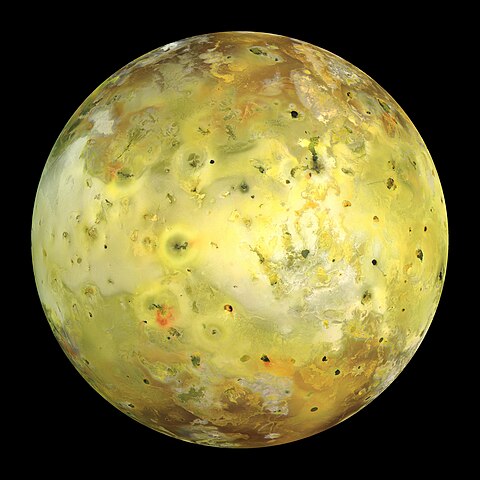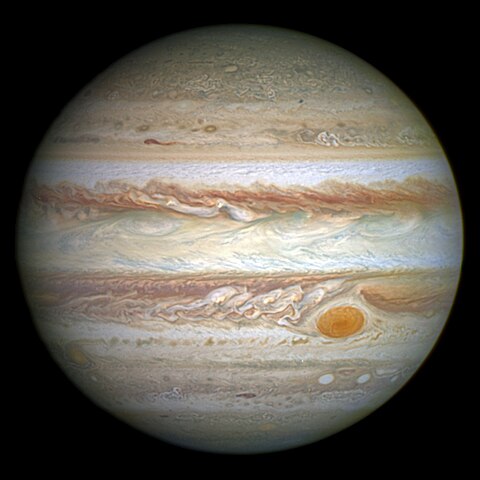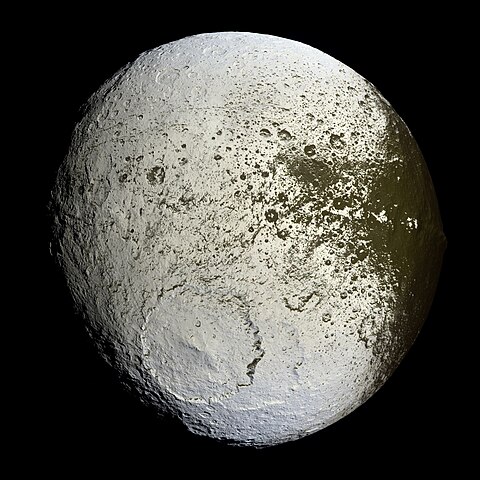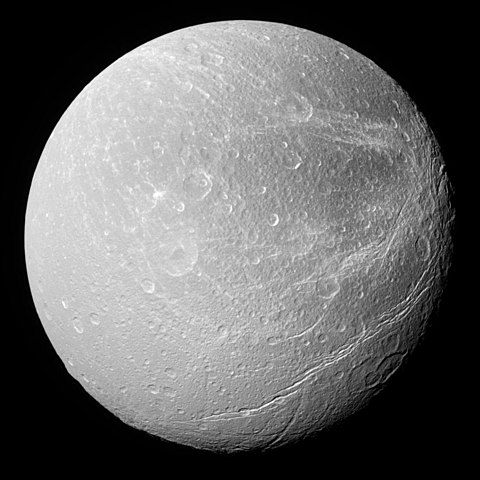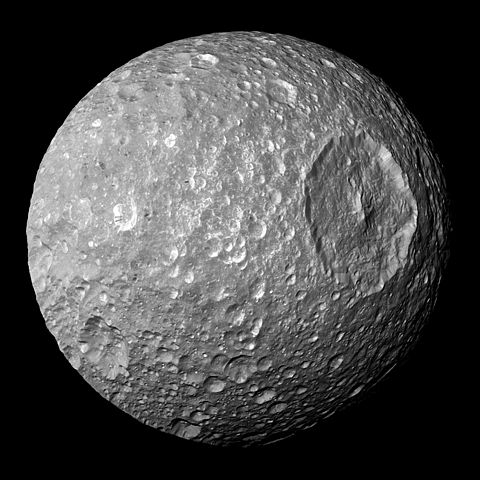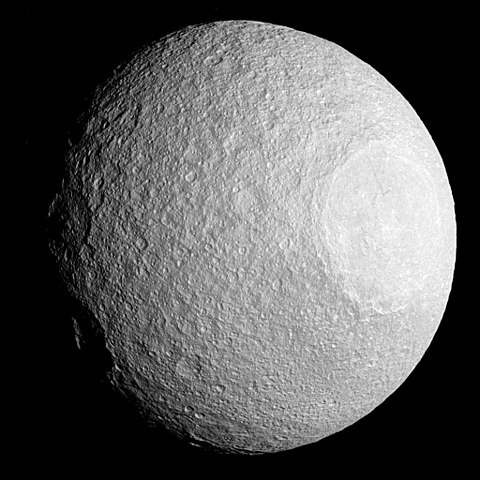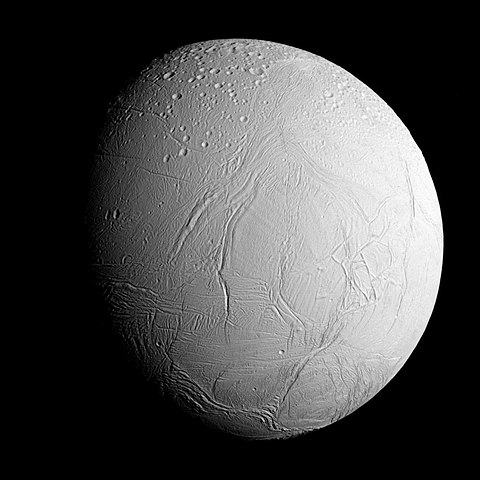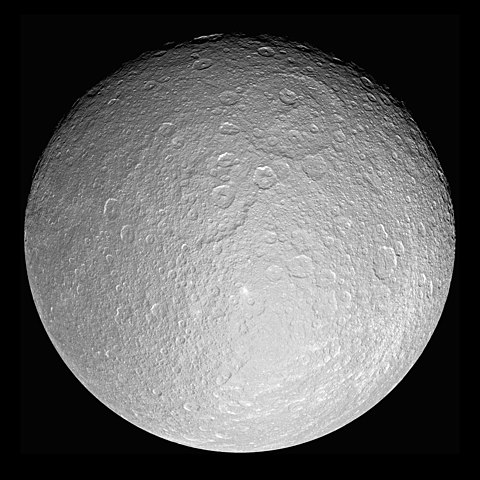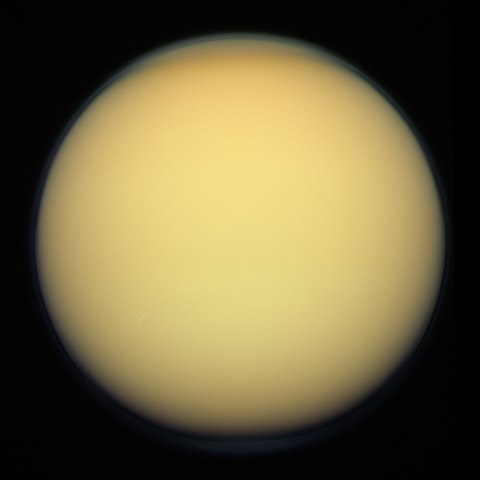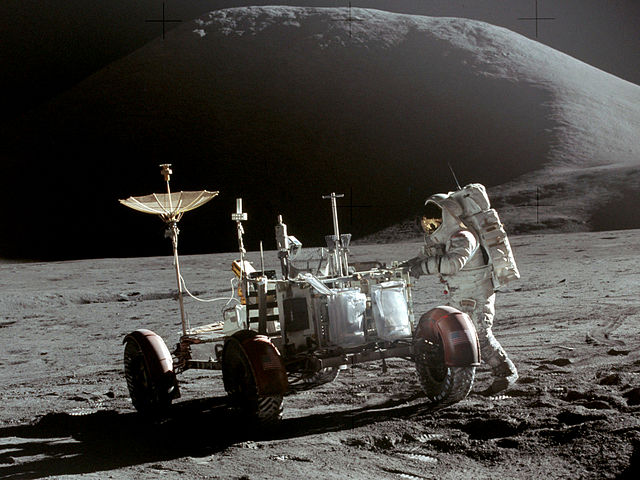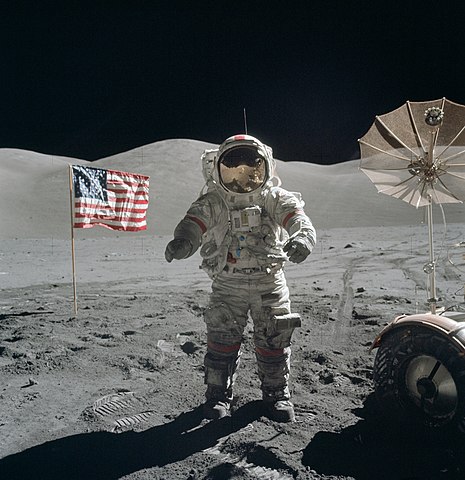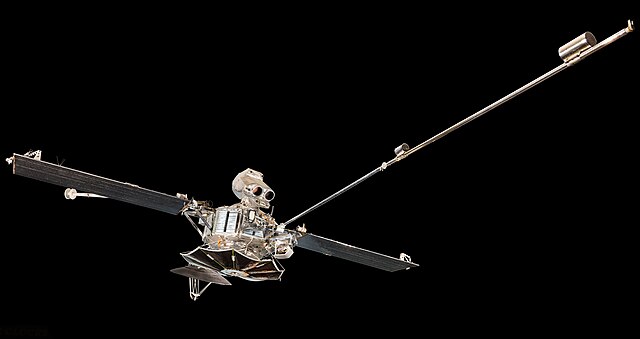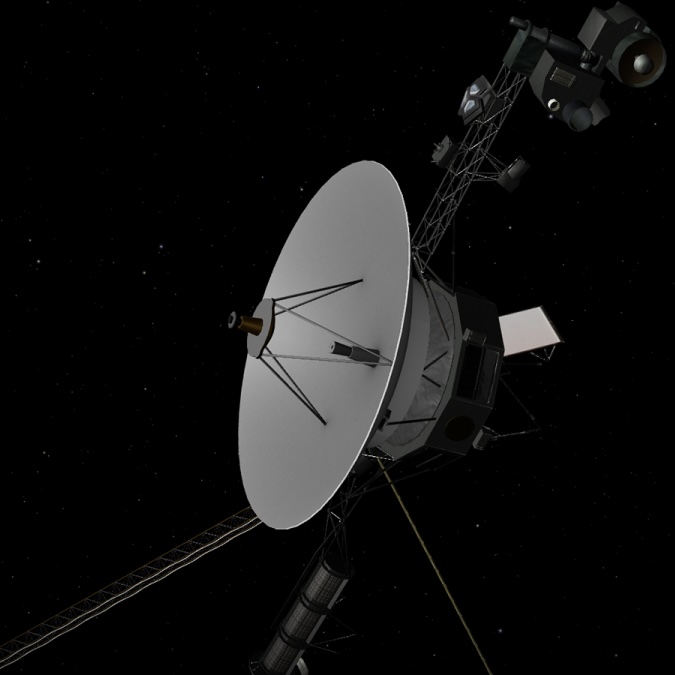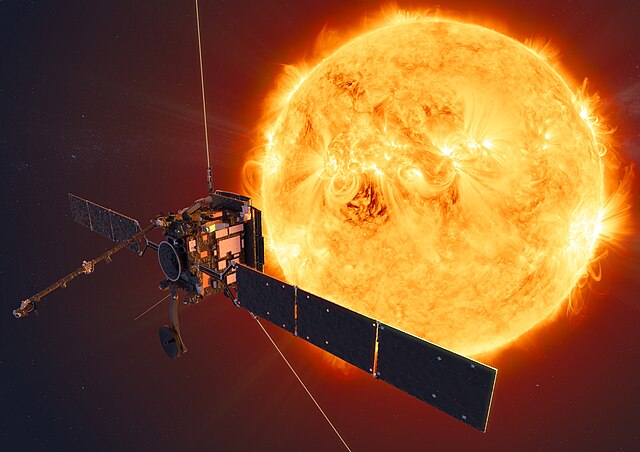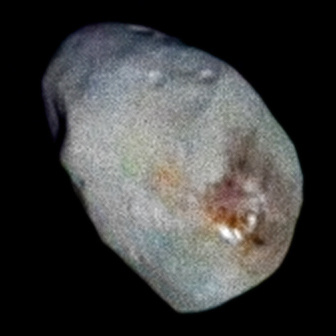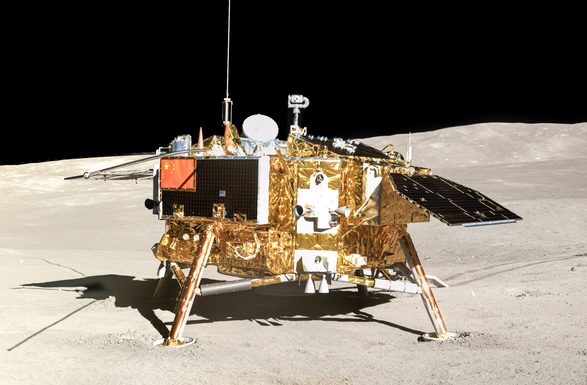1 day / second
0.5 AU
Pioneer 11
Spacecraft
A NASA space probe launched in 1973 that studied Jupiter and Saturn, becoming the first spacecraft to visit Saturn and photograph its polar regions before heading out of the Solar System.
Key Facts
organization | NASA |
orbital regimes | Outer System Kuiper Belt |
learn more | Wikipedia |
launched | 1973-04-06 |
defunct | 1995-11-24 |
launch mass | 258.5 kg |
power | 155 watts |
Mission Timeline
Launched
April 6, 1973 at 02:11 UTC
Callisto
Flyby
Pioneer 11 flew within 786,000 kilometers of Callisto during its December 1974 flyby of Jupiter, capturing images and data that helped reveal the moon's heavily cratered surface.
Ganymede
Flyby
Pioneer 11 made a brief flyby of Ganymede during its Jupiter encounter on December 2, 1974, capturing images from a distance of 446,250 kilometers that helped refine understanding of the moon's size and orbital characteristics.
Io
Flyby
Pioneer 11 captured the first close-up images of Io during its December 1974 flyby of Jupiter, revealing the moon's unusual orange color and lack of impact craters.
Europa
Flyby
Pioneer 11's flyby of Europa occurred at a distance of 586,000 kilometers during its December 1974 encounter with the Jupiter system.
Jupiter
Flyby
Pioneer 11 completed the first-ever flyby of Jupiter's polar regions on December 2, 1974, passing within 26,400 miles of the gas giant while capturing detailed images and collecting data about its intense radiation belts.
Iapetus
Flyby
Pioneer 11 conducted a distant flyby of Saturn's moon Iapetus on September 1, 1979, capturing low-resolution images from approximately 966,000 kilometers away that helped confirm the moon's unusual two-toned coloration.
Phoebe
Flyby
This encounter did not occur - Pioneer 11 flew by Saturn and its moons in 1979 but did not encounter Phoebe, which orbits Saturn in a distant, retrograde orbit.
Hyperion
Flyby
Pioneer 11 made a distant flyby of Saturn's irregular moon Hyperion on September 1, 1979, making no significant observations of the small moon during its historic Saturn system encounter.
Dione
Flyby
Pioneer 11 captured distant images of Dione during its flyby of the Saturn system on September 1, 1979, but did not approach close enough for detailed observations of the moon's surface.
Mimas
Flyby
Pioneer 11 captured distant images of Mimas during its 1979 Saturn flyby, providing early data about the moon's surface features including its distinctive Herschel Crater.
Saturn
Flyby
Pioneer 11 completed the first flyby of Saturn on September 1, 1979, passing within 21,000 kilometers of the planet's cloud tops and discovering a new ring and two previously unknown moons.
Tethys
Flyby
Pioneer 11 conducted a brief flyby of Saturn's moon Tethys during its Saturn encounter on September 1, 1979, capturing distant images of the icy satellite.
Enceladus
Flyby
Pioneer 11 passed within 2,500 kilometers of Enceladus on September 1, 1979, capturing low-resolution images that revealed little detail about the moon's surface features.
Rhea
Flyby
Pioneer 11 flew past Rhea at a distance of 345,000 kilometers on September 1, 1979, capturing the first detailed images of Saturn's second-largest moon.
Titan
Flyby
Pioneer 11 made distant observations of Titan during its Saturn flyby on September 1, 1979, measuring the moon's surface temperature and helping confirm the presence of its thick atmosphere.
Defunct
November 24, 1995 at 12:00 UTC
Pioneer 11's mission ended after its radioactive power source weakened beyond the ability to operate its instruments and transmit data, with its final weak signal received as it drifted through the Kuiper Belt region approximately 44.7 AU from Earth.
Related Spacecraft
Pioneer 10
Launched in 1972
Launched in 1972, Pioneer 10 became the first spacecraft to cross the asteroid belt, visit Jupiter, and leave the Solar System, sending its final signal in 2003 after traveling over 7.6 billion miles.
